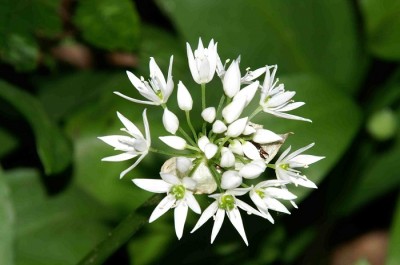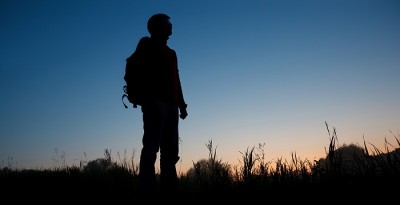Many of those living off-the-grid and preparing for an uncertain future learn merely basic survival skills, such as starting a fire or purifying water. However, there are less common skills that could come in handy if disaster strikes. Here, we examine four secondary ways to collect food in the wild.
With a little practice, hunting small game with firearms or catching fish with rod and reel can be mastered. But what if a scenario occurs where your firearms run out of ammunition or you’re in the wild and don’t have a fishing pole?
1. Catch Squirrels With Wire
Assuming you’re in a wooded area with squirrels, find a tree branch (still on a tree) that is at least three inches in diameter. Get some wire that easily bends and cut it into pieces that are roughly two feet long. Then, form a loop about three inches in diameter at the end of the wire. Twist the wire around itself to get a tightened noose. Secure the other end of the wire to the branch, ensuring that the loop is no more than one inch above the branch’s surface. You can see pictures of the loops here. Place 10 or so loops around the branch so that a squirrel has to go through one to climb up or down the branch. Eventually, a curious squirrel may come along to explore. Once it runs through the loop, it will fall off the branch and strangle itself.
2. Build A Goose Trench
Capture geese with a goose trench. First, locate where geese hang out in the evening by looking for a concentration of droppings. Dig a trench one-foot wide, one-foot deep, and about 12 to 20 feet long. Make sure that one of the ends of the trench slopes downward gently. Cover with vegetative debris and some dirt to make the depression look natural, and spread the bottom with whatever grain the geese were feeding on in the local area.
Ultra-Efficient Water Filter Fits In Your Pocket!
Eventually, a goose may walk down the trench until it reaches the other end. Since the goose is unable to spread its wings and fly and can’t turn around, it gets trapped.
3. Snag Fish With a T-Shirt
You can catch fish in a stream using just your T-shirt and a couple of sticks. Find two sturdy sticks that are three of four feet long. Stick them through the sleeves, with the ends jutting out of the shirt’s bottom. Spread the poles apart to prevent the shirt from slipping up or down the sticks. Use the shirt to guide fish into shallower waters and then as a net to capture them.
Alternatively, you can use a Y-shaped branch. Insert it into the shirt to make a net.
4. Finding and Testing Edible Plants

Wild garlic. nrca-railroad.com
If the squirrels, geese or fish aren’t cooperating, then edible plants are another source of food. However, the trick is knowing which plants are edible and which are not. Ideally, you’ll be familiar with local plants or have a book on edible plants in the area. But if you don’t, as a last resort you can perform a test to determine this. To do this, you will have to fast for eight hours.
The Secret To Starting Fires In Even The Most Extreme Conditions
The first step is to put the plant into contact with your skin. If your skin doesn’t react well to the plant, you probably shouldn’t eat it. Crush a part of the plant and rub it on your wrist for a few minutes. If after eight hours you have redness, bumps or itching, don’t eat the plant. If there’s no reaction, then go to the second step—cooking.
Boiling renders some toxic plants safe. If you aren’t able to boil water, then test it raw. In any case, place the plant (boiled or not) against your lips for three minutes. If your lips tingle or burn, don’t eat the plant. If there’s no reaction, put the plant in your mouth and hold for 15 minutes. If you feel anything unpleasant, don’t eat the plant and rinse out your mouth.
The next step is to chew the plant and keep it in your mouth for 15 minutes. If no adverse reactions occur, then swallow it. If there’s no adverse reaction within eight hours, the plant should be edible.
What are other unique survival skills you would add? Share your suggestions in the section below:
Could You ‘Live Off The Land’ With Your Gun If Necessary? Read More Here.
 Off The Grid News Better Ideas For Off The Grid Living
Off The Grid News Better Ideas For Off The Grid Living





